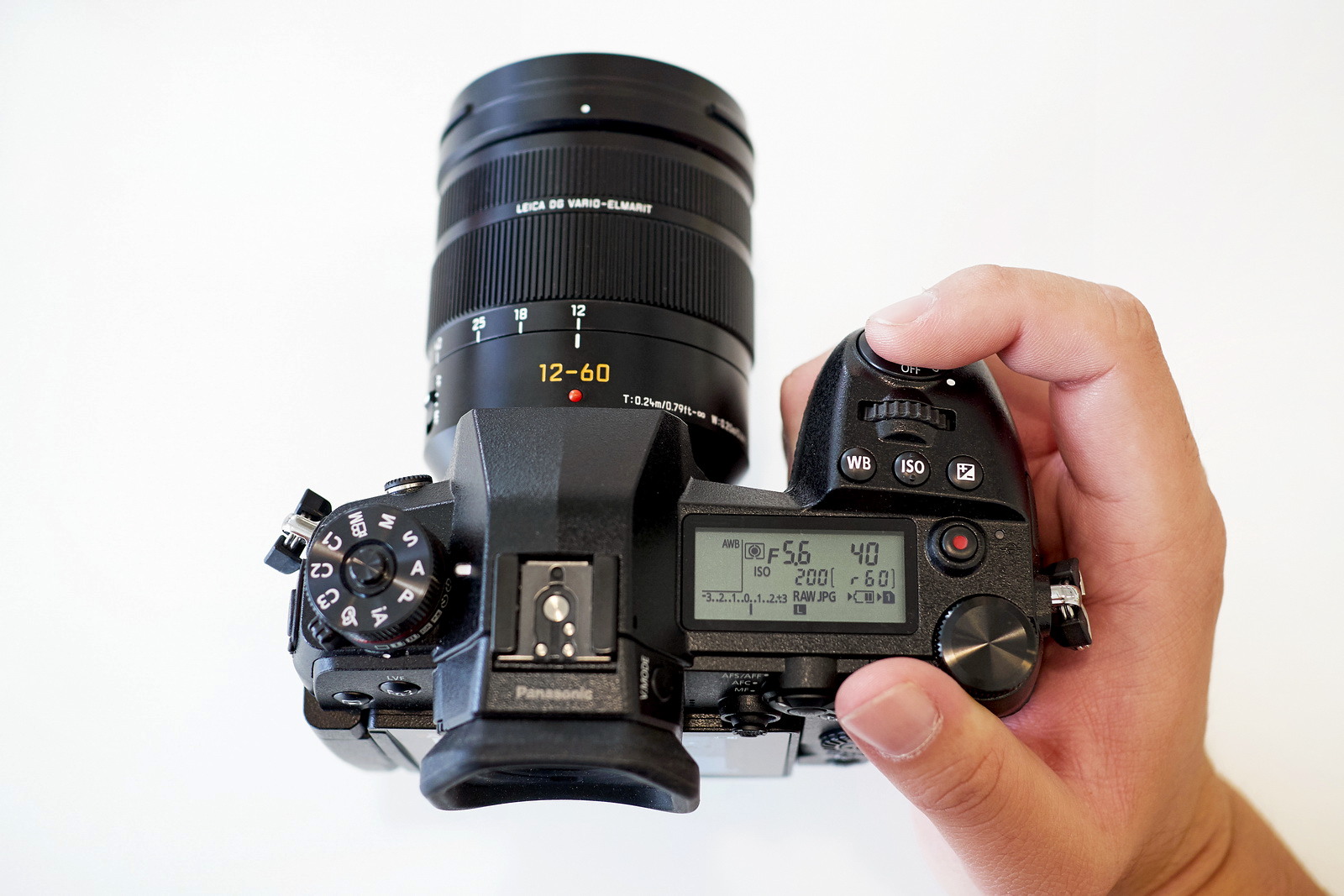
- Dxo photolab panasonic g9 how to#
- Dxo photolab panasonic g9 code#
- Dxo photolab panasonic g9 iso#
- Dxo photolab panasonic g9 download#
Check out lens information on Phil Harvey’s pages and find how lens info is stored.
Dxo photolab panasonic g9 how to#
Which is not different from motorcycle or car producers, in all industries there are standards and company standards.Īnd about lack of care of devs – was also my impression, but let’s think again: As devs of a RAW converter they have not even access to all various (and frequently changing) lens description papers of all manufacturers, not to mention the insider knowledge of how to interprete and how to know a lens manufacturer obeyed a given EXIF entry and is filling it accordingly with data or makes a new EXIF entry, like Nikon did with their custom entries:Įxiftool reports all kind of lens information and it’s not always consistent. And if Yongnuo “steals” the lens description of Lumix because they know this description is somehow working, it’s nothing else than you, putting a false name on your door bell, right? There’s simply no reliable standard for all lens manufacturers to name their items. I get what you mean.īut think about: Where is the source of false information based? A couple of my lenses changed their lens name just by getting a fw-update. I also have some lenses which are “confused” with other lenses. Okay, so that’s off my chest and into the forum, hoping this one won’t be ignored by the devs for 4~5 years like the other threads. Remember Yongnuo, the one at the top of your DxO scores with their 85mm lens?Īnd why can’t we manually choose the proper lens, since PL6 can’t do it right? Yongnuo, Yi, Meike, TTArtisan, 7Artisans, Rokinon, IRIX, Laowa, Pergear, Voigtländer. By the way, the database is missing many lenses, new and old.
Dxo photolab panasonic g9 download#
So DxO, why don’t you add the real lens profile to your database? That way PhotoLab 6 Elite, “The most advanced, end-to-end, RAW photo editing software” doesn’t have to come up with another lens profile to download and display false information. It’s not even a catastrophic bug, it’s just simply absurd. Why does this expensive program reads the metadata, and proceeds to download a profile for another lens, and display false information?! Metadata completely fabricated by DxO!
Dxo photolab panasonic g9 code#
It’s metadata, it’s right there, no need for a complex algorithm, you just need to read it, and display it - hell, grab the code from ExifTool if it’s so hard. And you'll see just how amazing the NR in JPG has become.Of all the things I’ve complained about, this is the most telling of simple lack of care from the devs. One of the best ways to get to know your G9 is to experiment at home in different light conditions. It works for me, but may not be the best for everyone. This is not the only way to set up the JPG and video.

I keep it there all the time.Īnyway, congratulations on a G9. Oh, and the "Highlights-Shadows" I have it set to boost shadows +2, and -2 Highlights. When the lights get low I shoot RW2, and switch the iDynamic to High for the 4K. If you're shooting in low light like a nightscape or nightlight on a city street, the iDynamic is the adjustment that will get you more shadow detail for JPG and video. And with several to choose from they can help get video and photo perfect right out the camera. Thus, using the custom WB tunes up the colors well for different looks of a photo and video. And with G9's big dynamic range, there is a lot of room for editing RW2, but JPG will be limited like the 4K 8bit files. Any extreme adjustments reduce the quality of 4K video, and leaves little to adjust in video editing. Reason I don't make any adjustment to Photo Style, is I need the most data to work with for the 4K video. In bright light Cinelike V works well, and in low light Cinelike D works good. As for adjustments to photo style, I don't make any, they seem to be well balanced for JPG and 4K video. One way to know how you want the JPG to look is to try out some custom WB.
Dxo photolab panasonic g9 iso#
Low light with a lot of dark areas will not work well at ISO 12800 or 6400.

The only caveat is, the scene must have strong light to bring out the clarity and details. And the G9 processes a great JPG high ISO shot up to 12800, which is usable for most social media platforms.

IME with various cameras and brands, the G9 nails the realistic look better than any I've used in the past.

It depends on how realistic you want your JPGs to look.


 0 kommentar(er)
0 kommentar(er)
